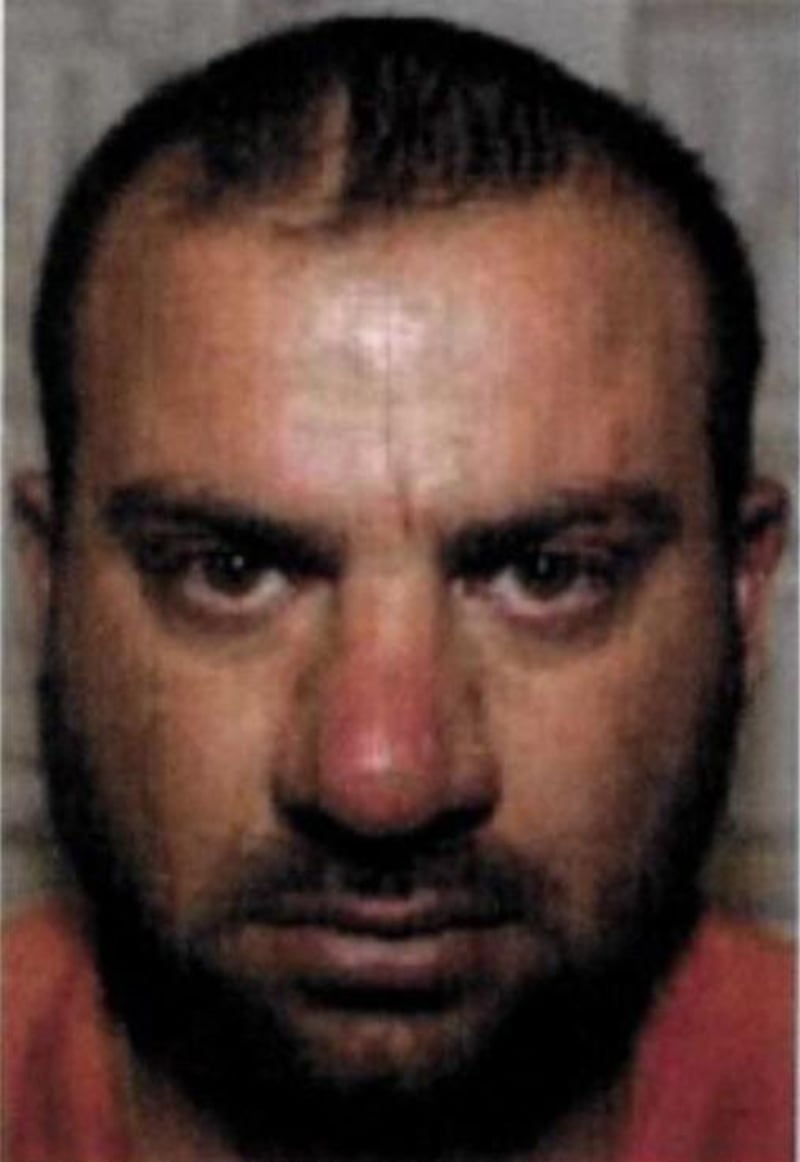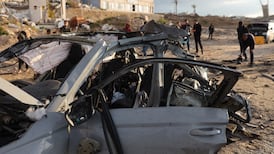The death of Islamic State caliph Abu Ibrahim al-Qurayshi during a US commando raid early on Thursday was more dramatic than his brief reign over his beleaguered global terrorist realm.
Like his predecessor, Abu Bakr al-Baghdadi, who died in a similar US operation in the same vicinity in Syria in 2019, Qurayshi blew himself up rather than face capture.
He was already a captive, confined to a small flat in a three-storey breeze-block building in a snowy village in the Syrian northwestern province of Idlib, which is ruled by the former sibling of Islamic State's bitter rival al-Qaeda, Hay'at Tahrir al-Sham. As that group has allied itself to Turkey, which takes a hard line against Islamic State, the militant group also known as Isis, Qurayshi knew he was always at risk of being betrayed.

Qurayshi’s demise was a matter of time since the US offered a $10 million bounty for information on his location.
Qurayshi left the flat rarely, and did not issue video proclamations or communicate on social media to inspire followers and gain recruits, as Baghdadi had. Qurayshi, reportedly, kept in contact with colleagues by means of trusted messengers.
As Isis caliph he was largely absent and dubbed "the ghost" by some. Under Qurayshi, the formerly centralised movement based in Syria and Iraq dissolved into loosely connected groups of fugitive fighters acting independently.
The US said he had ordered the Isis assault to free fighters from a Kurdish prison in northeast Syria two weeks ago. Although commander-of-the-faithful, he was in no position to provide a detailed plan for the battle 440km away in Hasaka and had to rely on local “emirs” to design and execute the 10-day operation.
If he retained power of the purse without designating successors, Isis might now have difficulty accessing the remains of the tens of millions of dollars acquired during the defunct cross-border caliphate established in Syria and Iraq.
Brutal franchises
Qurayshi may have been seen as an Isis figurehead by its brutal franchises in central Asia, north Africa and sub-Saharan Africa, but the core movement has little or no influence over them. These franchises operate independently and recruit fresh fighters due to poverty and popular alienation from governments in these regions.
Qurayshi (45) was an Islamic scholar who in 2007 joined al-Qaeda in Iraq, which morphed into Islamic State in Iraq, Islamic State in Iraq and Syria and, finally, Islamic State. He was captured by the US in 2008.
After his release, he rose through the ranks of the group, and became its chief religious authority and Baghdadi’s deputy. During 2014, he ruled it was permissible to kill and enslave Iraq’s minority Yazidis, leading to the genocide perpetrated against them. He was chosen as caliph partly due to his claim to descend from al-Quraysh, the tribe of the Prophet Muhammad.












